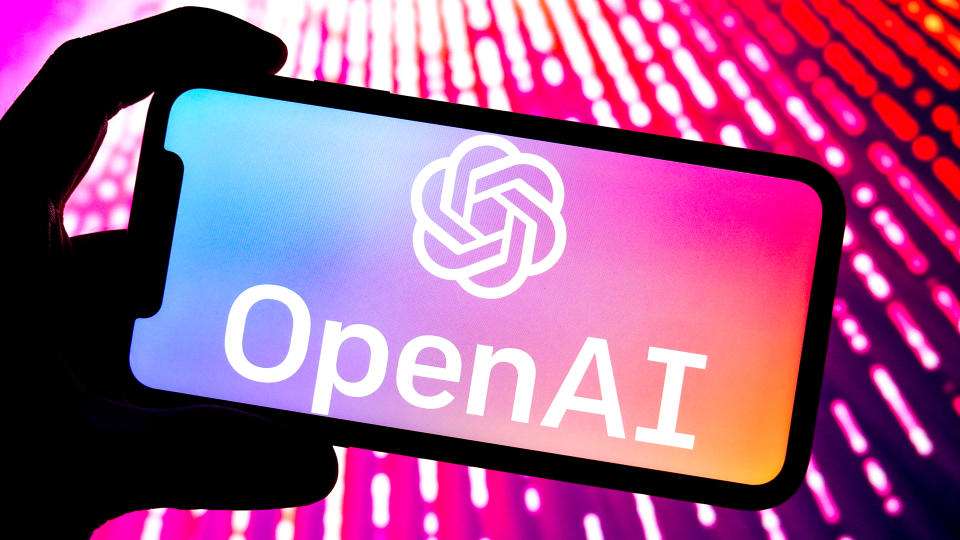OpenAI has intensified the artificial intelligence arms race with the surprise launch of Deep Research, a powerful new ChatGPT feature capable of analyzing hundreds of online sources to generate comprehensive research reports. The announcement comes mere days after the company’s release of o3-mini, signaling an accelerated pace of innovation in the AI sector.
Deep Research represents a significant advancement in AI-powered research capabilities, promising to compress hours of human analysis into mere minutes. The system not only processes standard text queries but also accommodates file uploads, including PDFs and spreadsheets, delivering detailed reports complete with source citations. Processing times range from 5 to 30 minutes, with users able to monitor progress through a dedicated side panel that tracks the agent’s research journey.
Mark Chen, OpenAI‘s chief research officer, frames this development within the company’s broader artificial general intelligence (AGI) ambitions. During the launch livestream, Chen emphasized that Deep Research aligns with their ultimate goal of creating AI systems capable of independently discovering and generating new knowledge.
However, the launch has not been without controversy, as the new feature bears striking similarities to Google’s existing Advanced suite, which offers comparable capabilities under the same name. The parallel extends beyond nomenclature, highlighting the increasingly competitive nature of AI development among tech giants. A key differentiator lies in the pricing strategy: while Google provides its Deep Research feature through a $20 monthly One AI Premium subscription, OpenAI has positioned its offering exclusively within the $200 monthly ChatGPT Pro plan.
OpenAI acknowledges the computational demands behind Deep Research, explaining the necessity for the higher price point and usage limitations. Pro subscribers are currently restricted to 100 queries per month, reflecting the substantial computing resources required for each research task. The company has indicated that work is underway on a more efficient model that could support higher query limits at a lower cost.
Despite its sophisticated capabilities, Deep Research isn’t without limitations. OpenAI candidly acknowledges that the system may occasionally produce hallucinated facts or incorrect inferences, albeit at a lower rate than contemporary models. The tool also faces challenges in distinguishing between authoritative information and unverified claims, and users might encounter formatting inconsistencies in reports. The company maintains an optimistic outlook, expecting these issues to diminish with increased usage and ongoing refinement.
The rollout strategy reflects OpenAI’s cautious approach to deployment, with availability initially limited to Pro tier subscribers in select regions. European users, including those in the UK, Switzerland, and the broader European economic zone, will face a waiting period before gaining access, presumably due to regulatory considerations.
Plans are in place to extend Deep Research to Plus tier users following approximately one month of safety testing, demonstrating OpenAI’s commitment to balancing rapid innovation with responsible deployment. This measured approach to expansion suggests lessons learned from previous releases and an awareness of the need to ensure robust performance before wider distribution.
The emergence of Deep Research marks a significant milestone in the evolution of AI-assisted research tools, potentially transforming how professionals and organizations approach information gathering and analysis. Its ability to process and synthesize information from diverse sources could revolutionize fields ranging from academic research to market analysis and policy development.
As the AI industry continues to evolve at a breakneck pace, the launch of Deep Research underscores the growing competition between major tech players and their race to develop increasingly sophisticated AI capabilities. The similarity between OpenAI’s and Google’s offerings raises important questions about innovation patterns in AI development and the balance between competition and differentiation in advancing the technology.
The development also highlights the ongoing challenges in making advanced AI tools widely accessible while managing computational resources and ensuring responsible deployment. As these systems become more sophisticated, the industry faces the complex task of balancing capability, cost, and accessibility.
















Add Comment